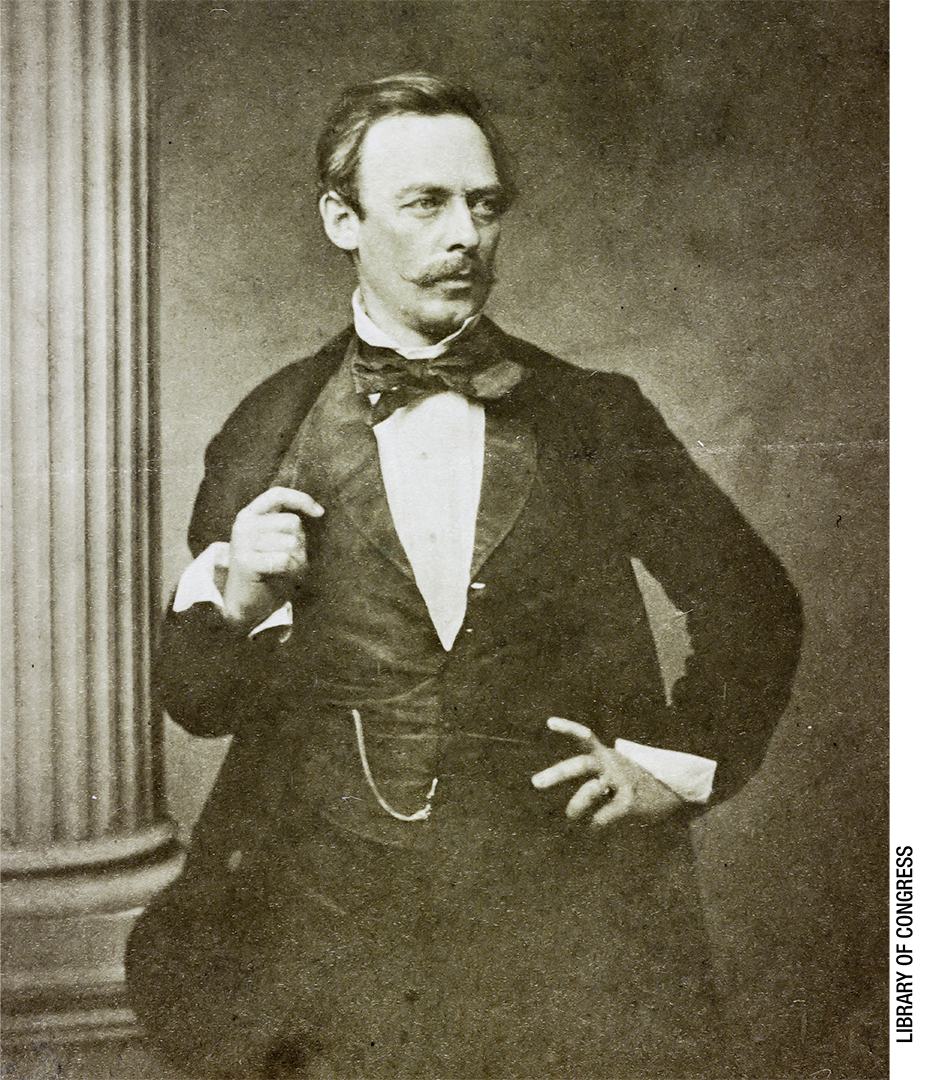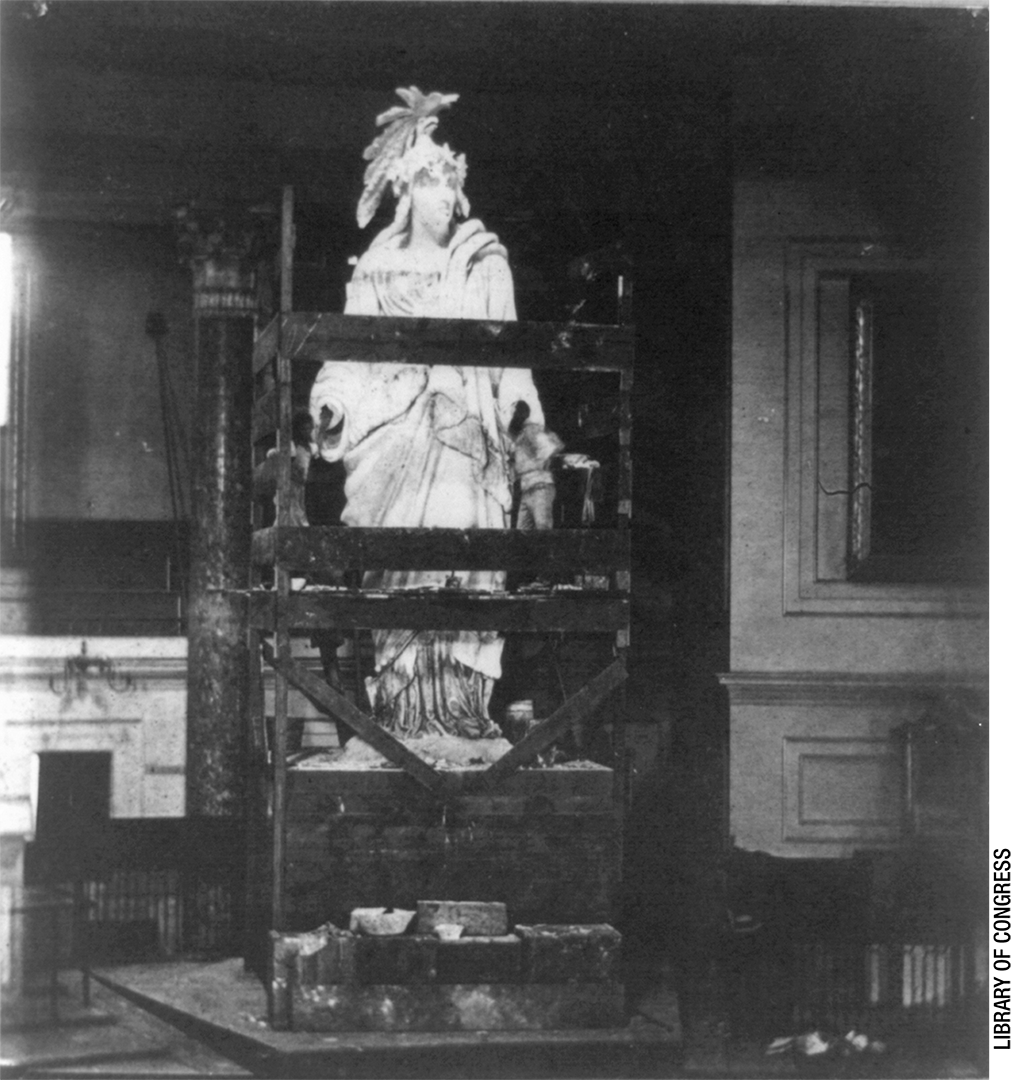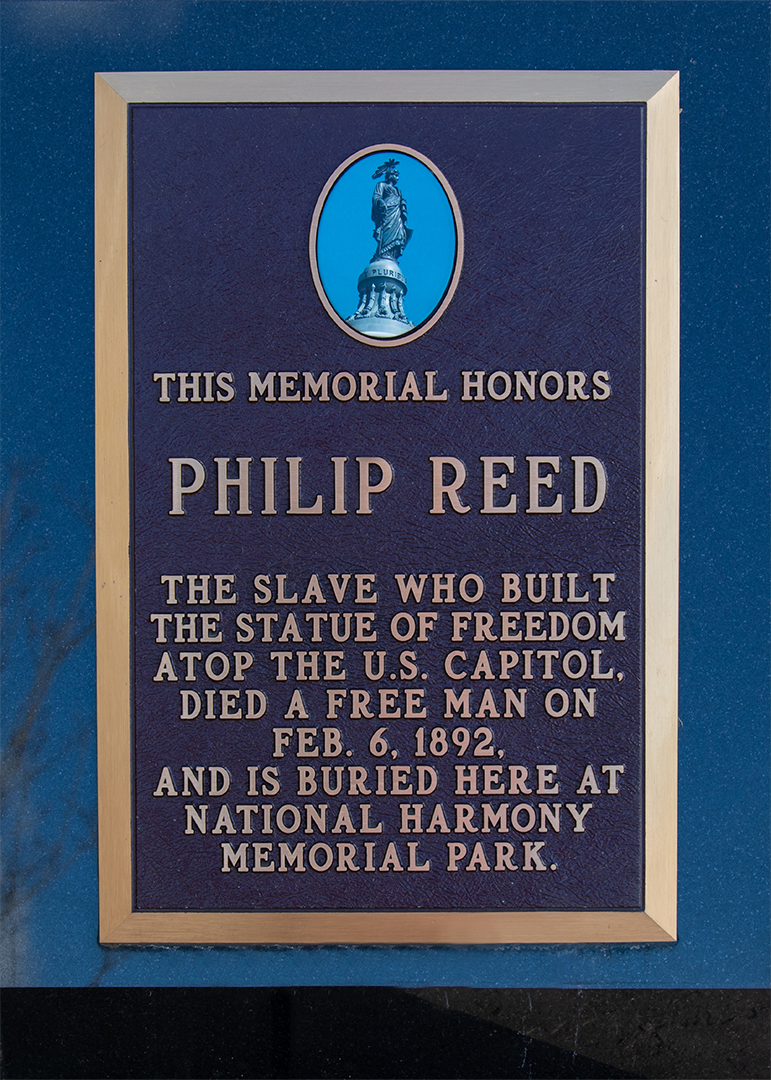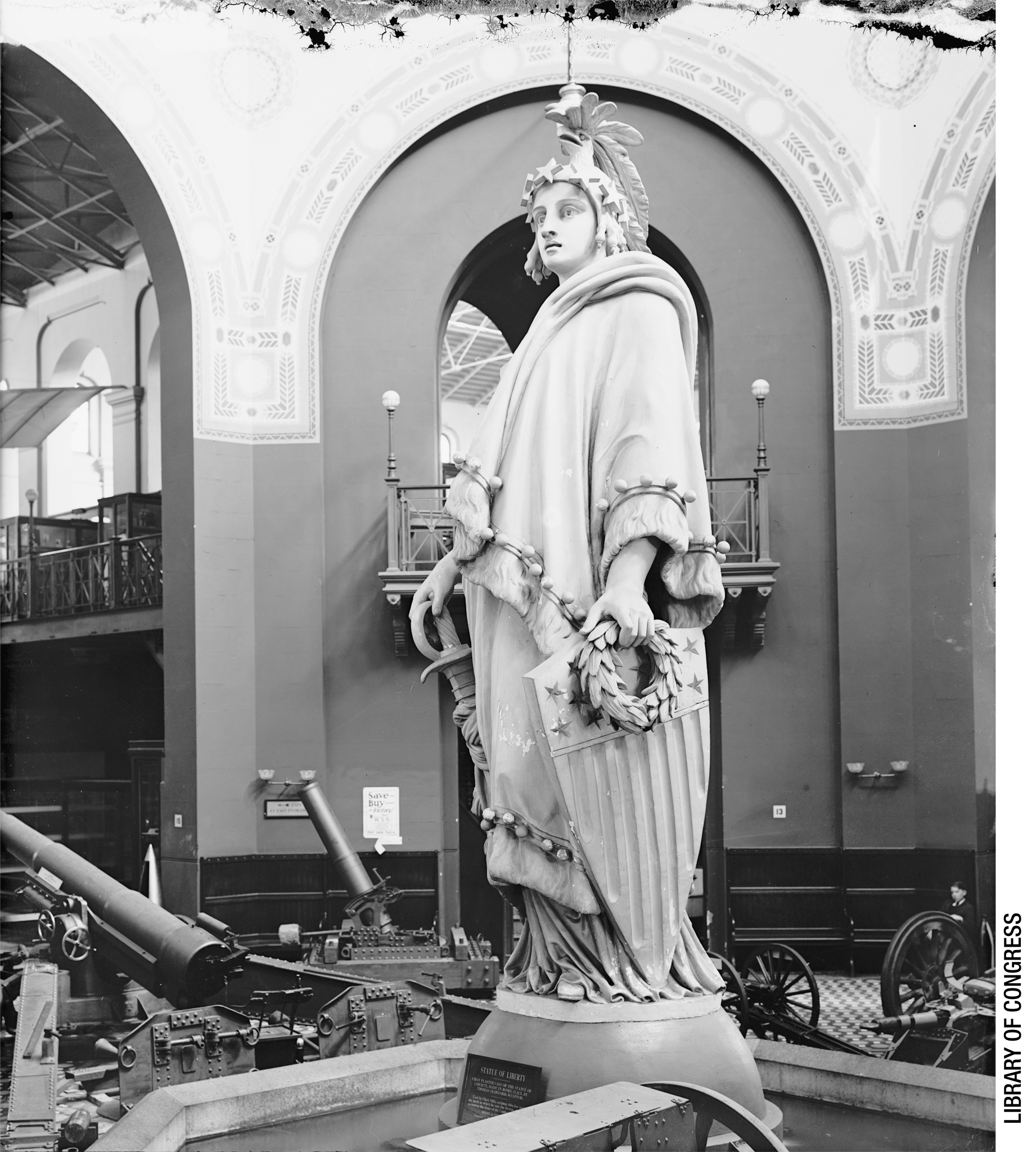The Statue of Freedom Plaster Model

Before being placed in the Capitol Visitor Center, the plaster model of the Statue of Freedom was pulled apart and moved around many times. The artist Thomas Crawford created the Statue of Freedom model in his studio in Rome. In April 1858, the plaster model was shipped to Washington, D.C., in six separate crates, embarking on an eventful journey across the Atlantic Ocean. The small ship carrying the crates, which weighed 14,740 pounds, began to sink and docked in Gibraltar for repairs, but the work didn’t hold for long. The ship began to leak again and had to stop in Bermuda for more repairs. The crew members left the crates in storage until arrangements for another ship to pick up the crates could be made. Half of the crates arrived in New York in December 1858, and by 1859 all sections of the statue arrived in Washington.
 When the crates arrived at the Capitol, an Italian sculptor was hired to assemble the model. In June 1860, it was time to disassemble the model and move it from the Capitol to the Clark Mills foundry to cast the statue into bronze. The Italian artist refused to help disassemble the model if he did not receive a pay increase. Congress denied his request, and work halted since no one knew how to separate the model.
When the crates arrived at the Capitol, an Italian sculptor was hired to assemble the model. In June 1860, it was time to disassemble the model and move it from the Capitol to the Clark Mills foundry to cast the statue into bronze. The Italian artist refused to help disassemble the model if he did not receive a pay increase. Congress denied his request, and work halted since no one knew how to separate the model.
 An enslaved worker named Philip Reid figured out that the seams between the sections could be revealed by pulling up on the lifting ring at the top of the model. Reid worked most weeks without a break between July 1, 1860, and May 16, 1861, and the government paid $1.25 per day for his labor. As an enslaved worker, Reid did not receive any of this money directly, except when he worked on Sundays. Over time, Reid earned a total of $41.25 for his work on Sundays. The rest of his earnings were paid to his owner. Because of Reid’s knowledge and hard work, the statue was successfully separated into five sections and transported to the foundry. President Abraham Lincoln signed the Compensated Emancipation Act of Washington, D.C., releasing enslaved people on April 16, 1862. Upon receiving his freedom, Philip Reid changed the spelling of his last name to Reed.
An enslaved worker named Philip Reid figured out that the seams between the sections could be revealed by pulling up on the lifting ring at the top of the model. Reid worked most weeks without a break between July 1, 1860, and May 16, 1861, and the government paid $1.25 per day for his labor. As an enslaved worker, Reid did not receive any of this money directly, except when he worked on Sundays. Over time, Reid earned a total of $41.25 for his work on Sundays. The rest of his earnings were paid to his owner. Because of Reid’s knowledge and hard work, the statue was successfully separated into five sections and transported to the foundry. President Abraham Lincoln signed the Compensated Emancipation Act of Washington, D.C., releasing enslaved people on April 16, 1862. Upon receiving his freedom, Philip Reid changed the spelling of his last name to Reed.
 After the plaster model was used to cast the bronze Statue of Freedom that stands atop the Dome, it was stored and then displayed in National Statuary Hall for several years. In 1890, the model found a new home at the Arts and Industries Building of the Smithsonian Institution. More than 100 years later, the model returned to the Capitol for display in the basement rotunda of the Russell Senate Office Building. In 2008, the plaster model was installed in the Capitol Visitor Center, where millions of visitors see her every year.
After the plaster model was used to cast the bronze Statue of Freedom that stands atop the Dome, it was stored and then displayed in National Statuary Hall for several years. In 1890, the model found a new home at the Arts and Industries Building of the Smithsonian Institution. More than 100 years later, the model returned to the Capitol for display in the basement rotunda of the Russell Senate Office Building. In 2008, the plaster model was installed in the Capitol Visitor Center, where millions of visitors see her every year.
For more information on the Statue of Freedom download our augmented reality app, Who Are the People?, for an interactive experience.
The Statue of Freedom Plaster Model Image Source List.